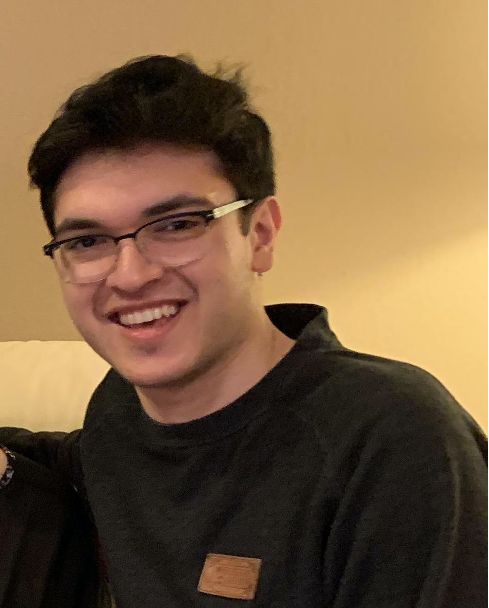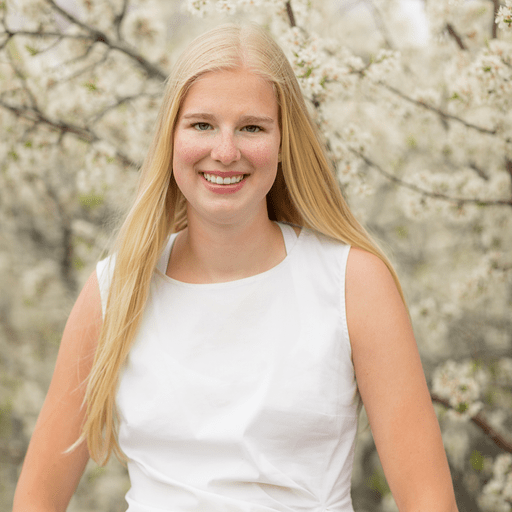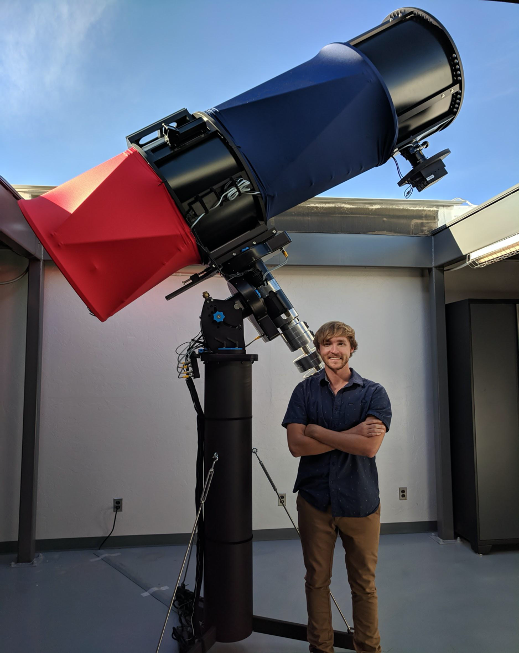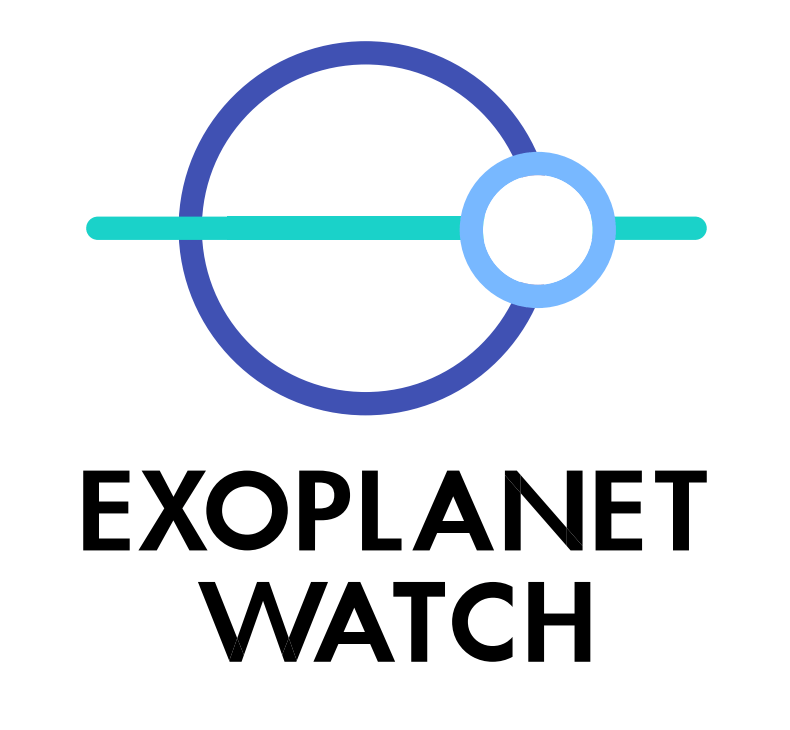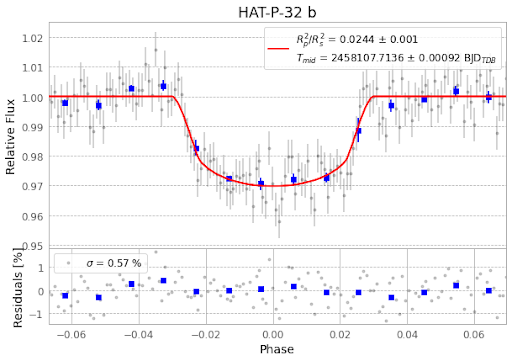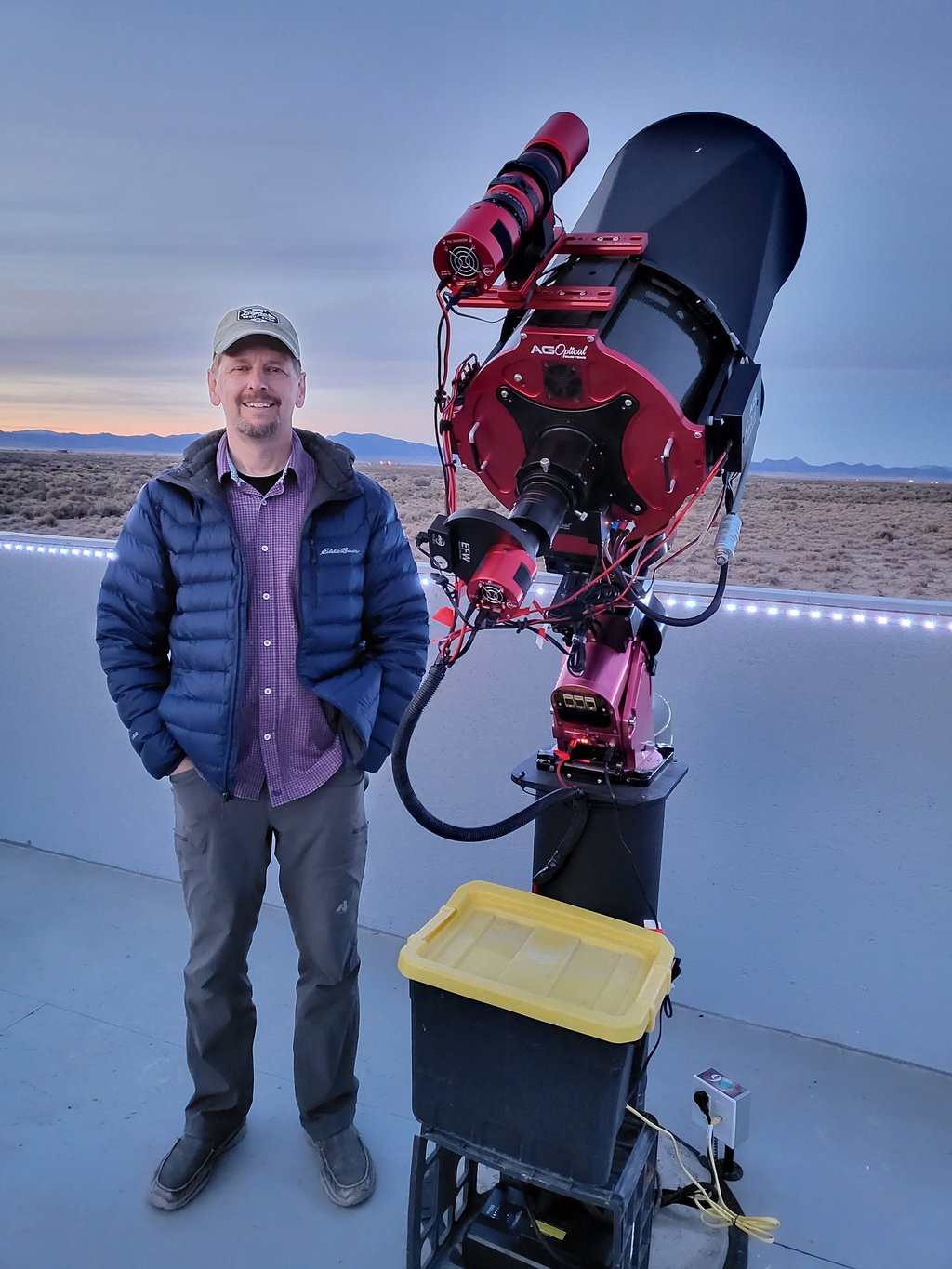Exoplanet Watch
When exoplanets pass between us and their stars, the stars’ light dims just a bit. Scientists call the passage of a planet in front of its star a transit. Join Exoplanet Watch and use your own telescope to track these transits and gather data on how they dim their stars.
No telescope? No problem! You can use our data checkout system to request data from an exoplanet observation to analyze yourself.
You don't have to be a rocket scientist or an astrophysicist to study distant worlds. The project will teach you what you need to know to collect important data on exoplanets.
project task
Collecting data with telescope
division
Astrophysics
where
Online or outside
Launched
2022
What you'll do
- Join our Slack channel to interact with a lively community of 2000+ exoplanet enthusiasts!
- If you have a telescope: observe transiting exoplanets. If you don’t have a telescope: request data from a robotic telescope.
- Analyze your data using free software called “EXOTIC” (our community will help you get started).
- Upload your results to the American Association of Variable Star Observers (AAVSO) Exoplanet Database.
- See your data included on the Exoplanet Watch Results webpage and used for further research.
Requirements
- Time to get started: 2-4 minutes to complete online training.
- Equipment: Web-connected device.
- Knowledge: None. An in-project tutorial is provided.
Get started!
- Start with this checklist https://exoplanets.nasa.gov/exoplanet-watch/how-to-contribute/checklist/.
- Learn about exoplanets from our Resources collection.
- Get some data (from your own telescope or our checkout system) and start looking for exoplanets!
Learn More
Exoplanet Watch is on Slack! Join the project’s workspace to meet other Exoplanet Watch participants, ask questions, troubleshoot problems, get updates on the biweekly full team meetings, and more. This community is a fun, friendly, helpful group. Beginners are welcome. Join our Slack channel.
You can also subscribe to free Exoplanet Watch Monthly Newsletters, which include information about exoplanets to observe, new project features, information on topics that will be covered in bi-weekly meetings, a featured member of the month and astrophoto of the month, and links to exoplanet resources.
Want to learn more about exoplanet discovery right now? Take a look and listen to this entertaining and informative presentation by Exoplanet Watch’s lead scientist Rob Zellem of the Jet Propulsion Lab to colleagues at Goddard Space Flight Center.
Get to know the people of Exoplanet Watch!


